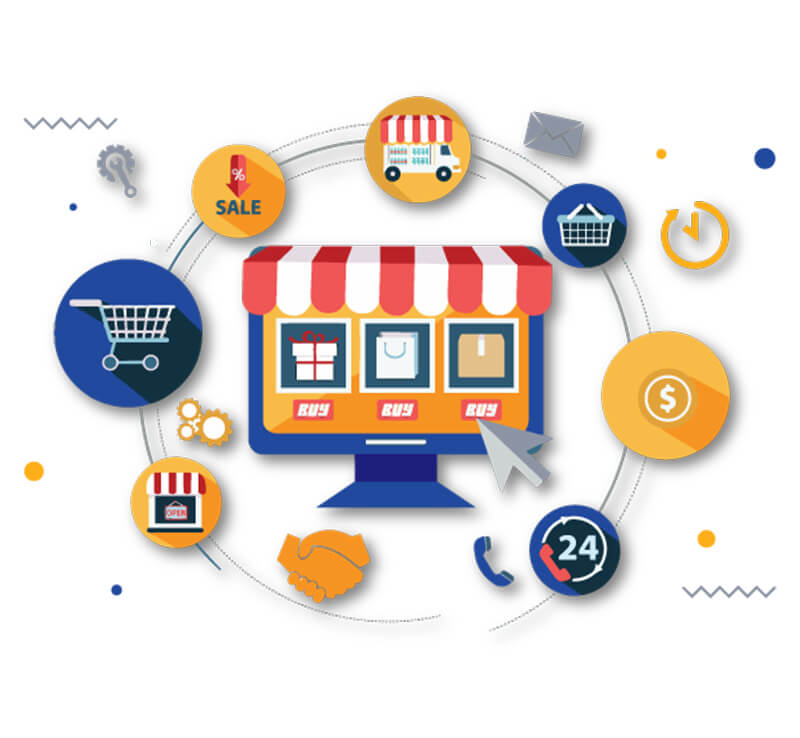Customize E-Commerce Development in Kolkata
Customizing an
eCommerce system involves tailoring the platform to meet your specific business
requirements and branding. While the level of customization can vary depending
on the eCommerce platform you are using, here are some common customization
options you may consider:
Design and
Branding: Customize the look and feel of your eCommerce store to align with
your brand identity. This includes modifying colors, fonts, logos, and overall
layout to create a unique and consistent brand experience for your customers.
User Experience
(UX) and Navigation: Optimize the user interface (UI) and navigation of your
eCommerce system to enhance the user experience. Customize menus, navigation
bars, filters, and search functionalities to make it easier for customers to
find products and navigate through your store.
Product Catalog and
Categories: Set up and customize your product catalog with categories,
attributes, and variations that suit your specific product offerings. This
includes adding and organizing products, setting pricing and inventory levels,
and creating detailed product descriptions and images.
Payment and
Shipping Options: Customize payment gateways and shipping methods to offer the
most convenient options for your customers. Integrate with popular payment
providers and set up shipping rules based on location, weight, or other
criteria.
Promotions and
Discounts: Configure and customize promotional features such as discounts,
coupons, loyalty programs, and special offers to incentivize customers and
drive sales. Define specific conditions and rules for promotions, including
discounts based on order value, specific products, or customer segments.
Checkout Process:
Customize the checkout flow to make it smooth and user-friendly. Simplify the
process by removing unnecessary steps, allowing guest checkout, and providing
multiple payment options. Consider implementing features like saved carts,
one-click ordering, or order tracking for better customer convenience.
Integration with
Third-party Tools: Integrate your eCommerce system with other business tools
and services such as CRM systems, email marketing platforms, inventory
management systems, or analytics tools. This enables seamless data flow and
automation between different systems.
Mobile
Responsiveness: Ensure your eCommerce system is responsive and optimized for
mobile devices. Customizing the mobile experience allows customers to browse
and purchase products easily from their smartphones or tablets.
Multi-language and
Localization: Customize your eCommerce system to support multiple languages and
localization preferences, allowing customers from different regions to access
your store in their preferred language and currency.
Analytics and
Reporting: Customize reporting features to track and analyze key eCommerce
metrics such as sales, conversion rates, customer behavior, and traffic
sources. This helps you gain insights into your stores performance and make
data-driven decisions.
It is important to
note that the level of customization available can vary depending on the
eCommerce platform you choose. Some platforms provide extensive customization
options through themes, plugins, and APIs, while others may have more limited
customization capabilities. When selecting an eCommerce system, consider the
flexibility and customization options it offers to ensure it aligns with your
specific business needs.
